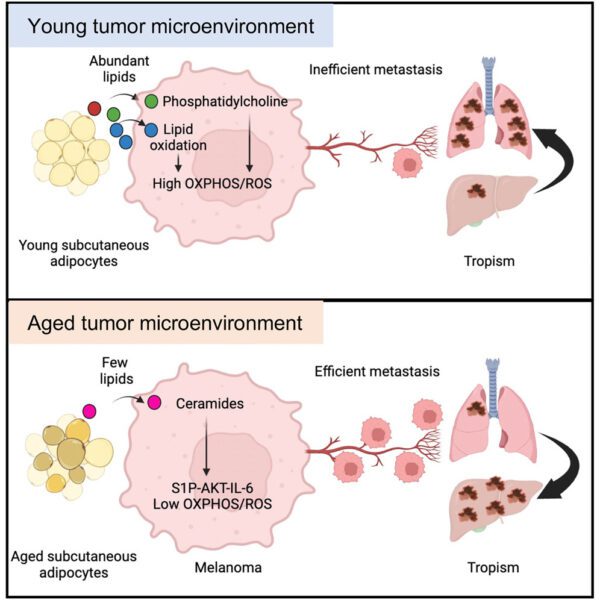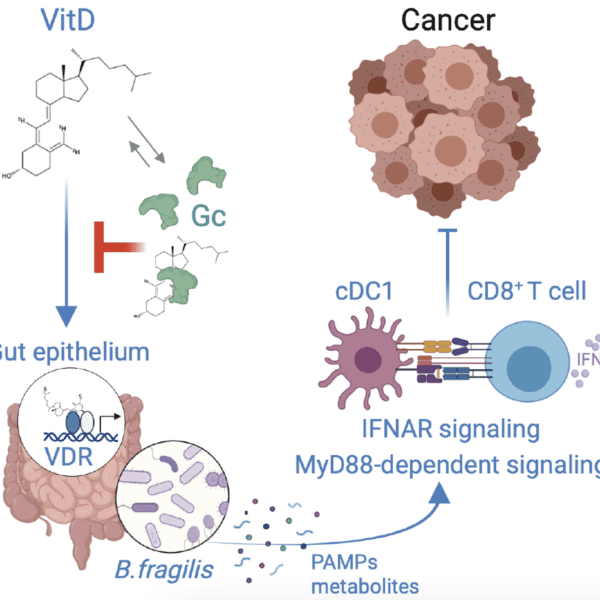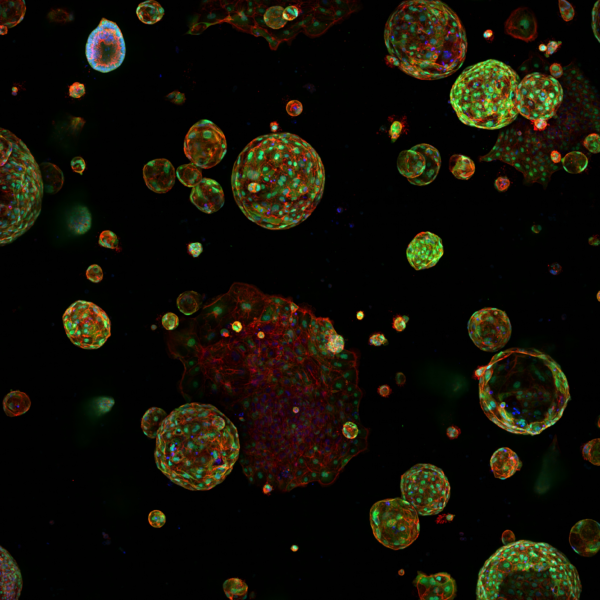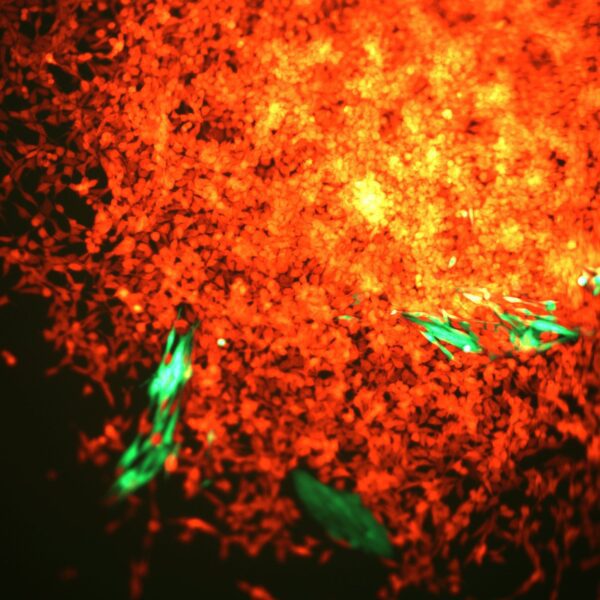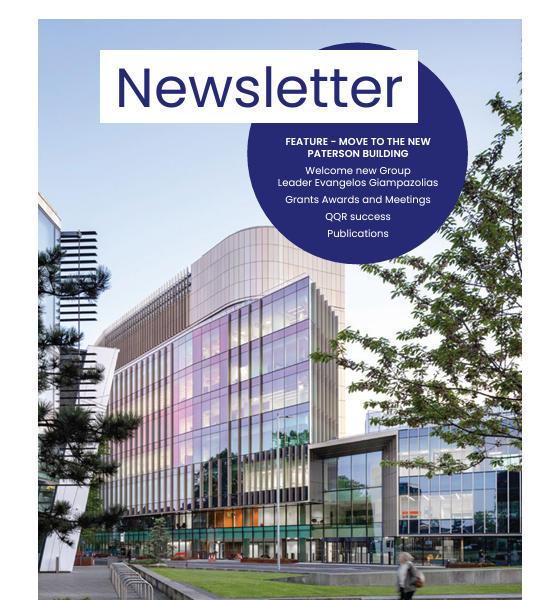Overview
Constraints of evolution
This study focuses on understanding the immune response in clear cell renal cell carcinoma (ccRCC), which has a low to moderate tumour mutational burden (TMB) with a high incidence of frameshift mutations, potentially leading to increased neoantigen expression.
Unlike other cancers, such as melanoma, TMB in ccRCC does not correlate with immune checkpoint blockade (ICB) response, despite significant lymphocyte infiltration. However, recent findings show that specific T-cell receptor (TCR) clones expand in ccRCC tumours and are targeted by ICB to enhance anti-tumour response.
Utilizing the TRACERx renal program, which provides access to tumour samples and peripheral blood mononuclear cells (PBMCs) from ccRCC patients, the study employs whole exome and RNA sequencing paired with immunopeptidomics to discover novel peptides presented by ccRCC cells.
In parallel, the research aims to identify tumour-reactive T-cell clones using single-cell RNA and TCR sequencing. The goal is to establish high-throughput antigen screening pipelines to identify key antigens and TCRs, potentially leading to the development of novel vaccines or adoptive TCR-T cell therapies.
Collaborators
Professor George Kassiotis Javier Alfaro Michal Bassani
Development of ex vivo tumour models recapitulating the immune TME patient derived tumour fragments.
This complementary study explores the use of an ex vivo platform with patient-derived tumour fragments (PDTFs) from fresh tumour samples, which maintain the architecture and tumour microenvironment (TME) of the original tumour.
This approach is particularly promising for therapeutic testing. The hypothesis is that PDTFs are feasible in clear cell renal cell carcinoma (ccRCC) and can serve as a large-scale translational platform for testing various therapeutic agents.
The goal is to better understand the mechanisms of response or resistance to these therapies, potentially leading to more effective treatment strategies.

